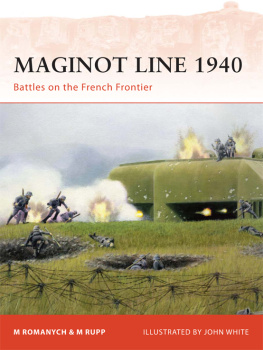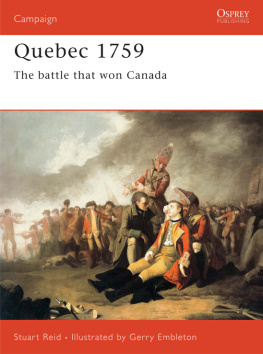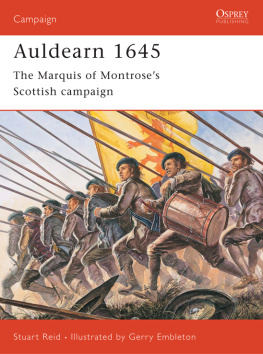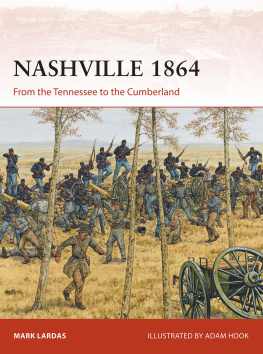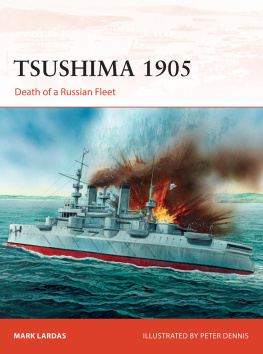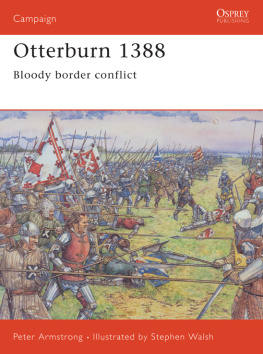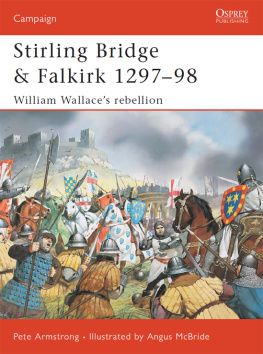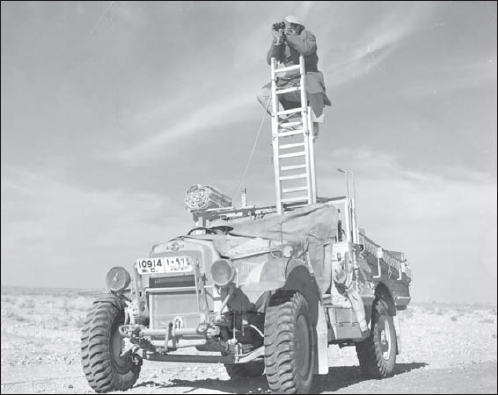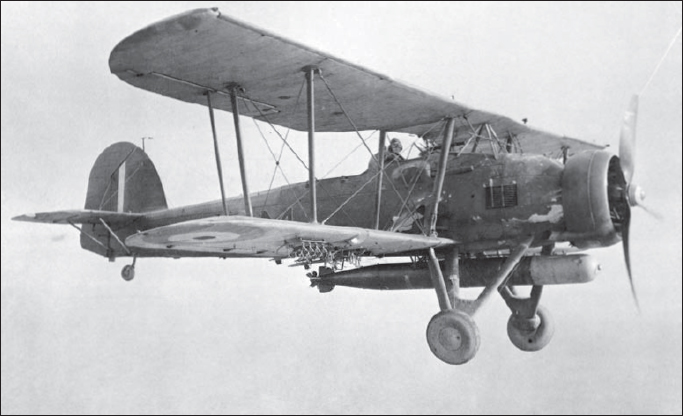Campaign 73
Operation Compass 1940
Wavells whirlwind offensive
Jon Latimer Illustrated by Jim Laurier
CONTENTS
OPERATION COMPASS
ORIGINS OF CAMPAIGN
W ith France on the verge of collapse and Britain routed from the continent, the Italian Fascist dictator, Benito Mussolini, declared war on both countries on 10 June 1940. He remarked cynically that he needed a few thousand dead so that he could sit at the conference table as one who has fought. He got them. Tough French alpine troops administered a sound thrashing to the Italians before the armistice was signed two weeks later. Mussolinis advisors had warned him that the Italian armed forces were neither adequately trained nor equipped to undertake a modern European war; but then, he did not expect to. With France defeated it seemed only a matter of months before Britain too would be brought to her knees. Italys armies vastly outnumbered the British and the revitalised Italian fleet of the Regia Marina (Italian Navy) also outnumbered the Royal Navy. Despite the latters aircraft carrier capability, it seemed the aircraft of the land-based Regia Aeronautica (Italian Air Force) would further enhance their superiority.
In the early summer of 1940, the Mediterranean had appeared relatively quiet. Now it changed suddenly. Hitler heard over dinner on 11 June that the Italians had bombed Malta. He was dismissive of the action, believing that if Mussolini was serious he would be invading the tiny island. Indeed, he little knew then how much grief it would cause him when, having finally sent assistance to his Latin ally, he would suffer enormous costs in terms of aircraft, ships and submarines. The following day, the Italians sent a single reconnaissance aircraft to assess the damage. It was shot down. Malta had been in this situation before when the Turks had lain siege 1565 to what had become the home of the Knights of St. John. Supported by the British, they had risen against the French in 1798 and overthrown them. As the authorities in London began to realise that the island could take what the Regia Aeronautica could throw at it, so they began to look to strengthen it not only for defensive but also for offensive action. Hurricane and Swordfish aircraft were despatched, the former to take an increasing toll of the raiders and the latter of shipping. Wellington bombers were added in September to hammer enemy ports and once more the island became a fortress, one that would face great strain and hardship over the next three years, but would give as good as she got.
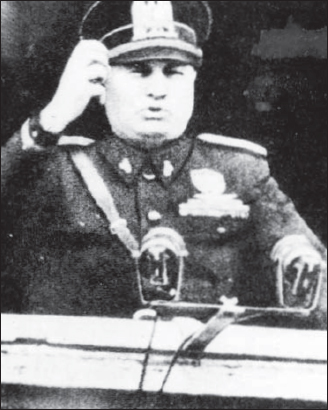
Mussolini announcing the declaration of war in Rome. In 1919 Mussolini founded the Fasci di Combattimento, forerunner of the Fascist Party, and following the legendary March on Rome was invited to form the government by King Victor Emmanuel III in 1922. In 1928 he became absolute dictator and his decision to invade Abyssinia in 1935 destroyed the League of Nations and Italy lost its few remaining ties with Western Europe. (Australian War Memorial - P02018.011)
The raid on Taranto was carried out by Fairey Swordfish aircraft of the Fleet Air Arm - the Goldfish Gang as they were known affectionately to their naval colleagues. These puny, obsolete aircraft, armed with 18in. (46mm) torpedoes that they dropped from less than 100 feet (30m) and within 1,000 yards (910m) of their targets, sank three Italian battleships; the Italia, Conti di Cavour, and Caio Dulio, and damaged the cruiser Trento and two destroyers. (IWM - A3536)
In Egypt the declaration of war found the armoured cars of the 11th Hussars (Prince Alberts Own) under Lieutenant-Colonel John Combe lying close by the frontier. With instructions to raise hell, they immediately crossed the fence of barbed wire built by Italian engineers along the 400-mile (644km) border. In a series of dashing hit-and-run raids, they attacked forts and shot up transport columns, capturing bewildered soldiers whom nobody had bothered to inform about Mussolinis declaration. By dawn on 12 June, all their patrols had returned, bringing with them 70 prisoners and having suffered no casualties. More importantly, they had established a moral superiority over the Italians.
Encouraged by this start, plans were made to assault Forts Maddalena and Capuzzo; the attacks were launched on 14 June. Joined by elements of 4th Armoured Brigade commanded by Brigadier J. R. L. Blood Caunter (named after his favourite exhortation Buckets of Blood!) and 1st Battalion, Kings Royal Rifle Corps, Fort Maddalena fell without a shot being fired, having already been abandoned by all but 18 of the garrison. Fort Capuzzo offered some small resistance, but its 226 men also surrendered without bloodshed. Of some significance was the result of an encounter with six Italian Fiat-Ansaldo L3 Tankettes. These were engaged with a Boyes anti-tank rifle, which knocked one out immediately while the others ran like a lot of little pigs.
Two days later, two troops of 11 H were swanning around between Sidi Omar and Fort Capuzzo when one troop encountered an Italian column of 12 L3s and 30 lorries, apparently on their way to re-garrison the fort. At almost the same time, the second troop reported another column of 17 L3s and 40 lorries heading to meet the first. Although the squadron commander ordered them to withdraw, the two troops had eagerly charged forward to engage the enemy. During a brisk skirmish, they managed to knock out three of the L3s before retiring behind a slight rise when the column produced a field gun. Combe quickly gathered all the available reserves, including a mixed squadron of Light and Cruiser tanks from 7th Queens Own Hussars, and an anti-tank troop of the Royal Horse Artillery from 4 Armd Bde, and rushed to join the action. When he arrived at the rise, he was staggered to see the column (the second one never appeared) some three miles away on a completely open plain, formed up in square as if fighting colonial tribesmen.
Unsure if the Italians had more artillery, Combe sent forward some of the tanks who were fired at by the single gun and charged by the L3s. These were knocked out with one shot each, whereupon the tanks circled the square in Red Indian fashion, shooting up the unprotected infantry and lorries. They made two complete circuits before the Italians revealed hidden guns at each corner. After a bitter but intense firefight in which the gallant gun detachments were shot down to a man, the square broke, only to be promptly rounded up. Barely 100 men and a dozen lorries were left to make the sad journey into captivity. Thus ended the Battle of Nezuet Ghirba. Among the dead was Colonello DAvanso whose pocket yielded his orders. They were to destroy enemy elements which have infiltrated across the frontier, and give the British the impression of our decision, ability and will to resist.
The free-wheeling continued until the end of July, by which time the Italians were deploying heavy all-arms columns supported from the air. Steadily, their strength was increasing, including support from a few M11/39 tanks and invariably from their efficient and brave artillery. At sea, the Royal Navy shelled a flotilla of minesweepers in Tobruk harbour, an action admired by an 11 H patrol on the beach, only 100 miles (161 km) behind enemy lines! Apart from continuous anti-submarine operations, the RN encountered no surface opposition and bombarded Bardia on 21 June. The Italians retaliated with night air-raids on Alexandria and Aboukir. A week later they attacked Royal Air Force bases at Sidi Barrani and Mersa Matruh, whose Gladiator fighters matched the opposing Fiats. But they failed to launch an effective air campaign, either against the RAF or against vulnerable Allied shipping.



